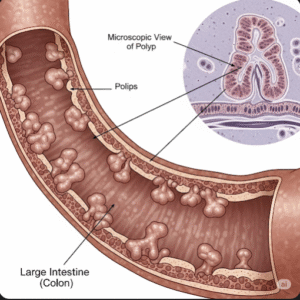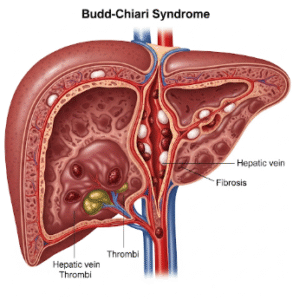Overview
Colds and influenza (flu) are common viral infections of the upper respiratory tract. While the common cold usually causes mild symptoms, influenza can lead to severe illness, especially in children, elderly individuals, and those with chronic diseases. In Korea, seasonal outbreaks are monitored by public health authorities, and healthcare facilities provide diagnostic testing, symptomatic care, and preventive vaccination programs.
What is Cold or Flu?
- Cold: A mild viral infection affecting the nose and throat, primarily caused by rhinoviruses, adenoviruses, and coronaviruses.
- Flu (Influenza): A more severe viral infection caused by influenza viruses (types A and B), which can affect the upper and lower respiratory tract and lead to systemic symptoms.
Both conditions are contagious and spread via respiratory droplets, direct contact, or contaminated surfaces.
Symptoms
Cold:
- Runny or stuffy nose
- Sneezing
- Mild sore throat
- Low-grade fever (occasionally)
- Mild fatigue and body aches
Flu:
- Sudden high fever
- Severe fatigue and weakness
- Headache and body aches
- Dry cough and sore throat
- Chills and sweating
- Nasal congestion or runny nose (less pronounced than cold)
- Nausea or vomiting (more common in children)
Causes
- Viral infection: Rhinoviruses, adenoviruses, coronaviruses for cold; influenza A and B viruses for flu
- Transmission via respiratory droplets from coughs or sneezes
- Direct contact with contaminated surfaces
- Seasonal outbreaks, especially during colder months
Risk Factors
- Young children and elderly individuals
- Weakened immune system or chronic illnesses
- Close contact with infected individuals (schools, workplaces)
- Lack of influenza vaccination
- Seasonal changes, particularly winter and early spring
Complications
- Sinusitis or middle ear infections (more common with cold)
- Pneumonia, especially with influenza
- Exacerbation of chronic respiratory diseases (asthma, COPD)
- Hospitalization for severe flu in high-risk populations
- Rare cardiac complications (myocarditis) in severe influenza
Prevention
- Regular handwashing and respiratory hygiene
- Avoid close contact with infected individuals
- Annual influenza vaccination
- Maintain healthy lifestyle habits to strengthen immunity
- Disinfect frequently touched surfaces
- Use masks during peak viral seasons or outbreaks
Treatment Options in Korea
- Symptomatic Care for Cold and Mild Flu
- Over-the-counter medications for congestion, cough, and fever
- Rest, hydration, and nutritious diet
- Saline nasal sprays, throat lozenges, and mild pain relievers
- Medical Management for Influenza
- Prescription antivirals (oseltamivir, zanamivir) within 48 hours of symptom onset
- Hospital care for severe cases, especially in high-risk groups
- Supportive care including oxygen therapy, IV fluids, and monitoring in complicated cases













